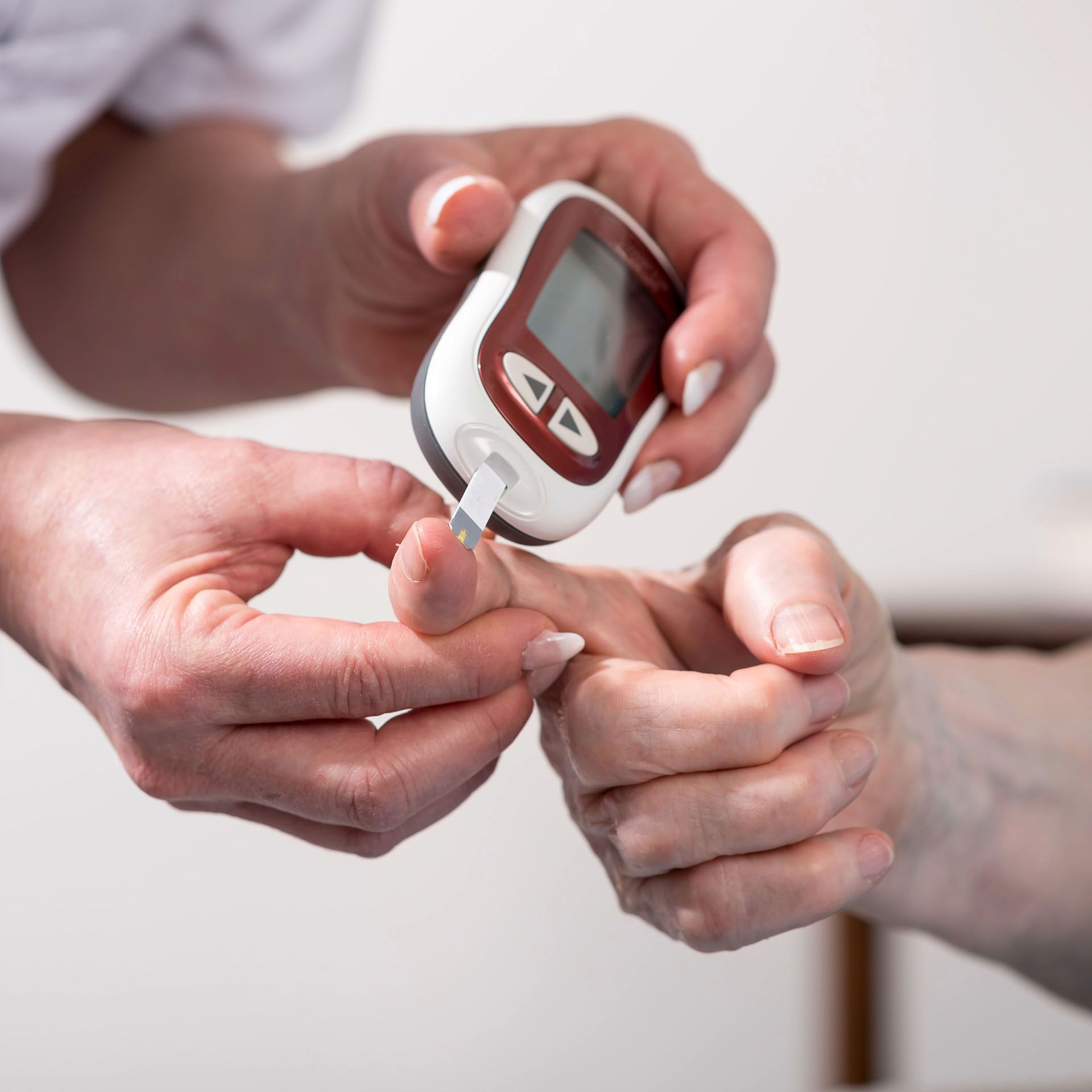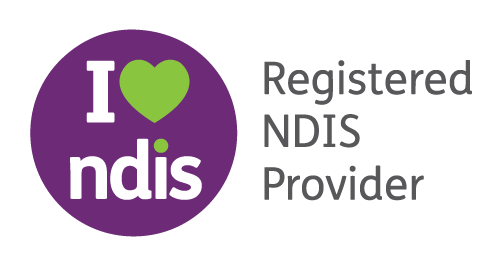Tsitsi 0415 403 313
Hilda 0415 402 516
Diabetes has become one of the most pressing health challenges in Australia. It affects more than 1.3 million people — and that figure doesn’t even include those who are undiagnosed. If you or someone you care about has ever faced the struggles of managing blood sugar, you know how disruptive it can be.
But here’s the good news: there are real, evidence-based ways to reduce your risk of developing diabetes or improve your quality of life if you already have it. And no, it doesn’t mean giving up everything you love or living a joyless life of rigid routines.
This blog is your go-to guide to understanding how to prevent and manage diabetes, stay in control of your blood glucose, and maintain healthy blood sugar levels—without the overwhelm.
Diabetes is a chronic condition where the body either doesn’t produce enough insulin or can’t use it effectively. This leads to elevated blood sugar levels, which over time can damage the heart, kidneys, eyes, and nerves.
There are three main types:
In Australia, Type 2 diabetes accounts for around 85–90% of all diabetes cases. That’s why our focus here will be on reducing the risk of Type 2 diabetes through lifestyle changes and effective blood sugar management.
Several factors increase your risk, including:
While some risk factors are out of your control, many are not—and that’s where preventing high blood sugar levels becomes crucial.

These strategies are backed by science, written for real people, and designed to help you take action today.
What you eat can make or break your blood sugar levels. The aim isn’t restriction—it’s nourishment.
These swaps support stable blood glucose levels, reduce inflammation, and help you maintain a healthy weight. Prioritising healthy food choices can reduce reliance on diabetes medicines over time.
Physical activity helps regulate blood sugar, reduces insulin resistance, and supports mental health.
Moving your body consistently also helps you lose weight, lowers your blood glucose, and improves energy. You don’t need to train like an athlete—just get moving and watch how your blood sugar levels start to improve.
Carrying excess body weight, especially around the waist, increases the risk of developing Type 2 diabetes. Even a 5% reduction can significantly improve blood sugar levels.
People who gradually lose weight are more likely to maintain it—and see lasting benefits in their blood glucose levels.
Gestational diabetes doesn’t always come with symptoms. That’s why screening and education are essential.
If you’ve had gestational diabetes before, you’re more likely to develop Type 2 later in life. However, with the right steps—including healthy eating, movement, and regular monitoring—you can reduce that risk dramatically and support balanced blood sugar levels throughout your life.
You don’t need to be diabetic to benefit from monitoring your blood sugar. In fact, it’s one of the most effective ways to prevent complications before they start.
Benefits of tracking include:
Tracking your glucose doesn’t need to be daily—but regular awareness builds long-term control of your blood sugar levels.
While lifestyle change is the cornerstone of prevention, diabetes medicines sometimes play a critical role. Common options like metformin and other diabetes medicines help regulate glucose levels when lifestyle isn’t enough.
This is not a sign of failure—it’s a layered approach to better health. Always speak with a healthcare provider before starting or changing medications.
Stress increases cortisol, which raises blood sugar levels. Poor sleep does the same. Long-term stress can trigger high blood sugar spikes, weight gain, and insulin resistance.
Tips to improve both:
Stress management is a form of healthy eating for your nervous system. It’s just as critical as food and fitness—and critical for balanced blood sugar levels.
Too many people wait until symptoms appear before acting. But high blood sugar often develops silently, damaging nerves and organs before you feel anything.
Preventative habits protect:
If you’ve had gestational diabetes, carry extra weight, or have a family history, now is the time to take action. Prevention is more powerful than cure and helps you maintain a healthy weight long term.
Prevention doesn’t need to be complicated. A simple, realistic routine can help regulate your blood sugar and support your health every day. Here’s what a diabetes-prevention lifestyle can look like in a normal, manageable day:
A routine like this builds consistency, improves energy, and reduces the need for medications over time.
Smoking significantly increases your risk of Type 2 diabetes and other chronic illnesses. It also affects how your body regulates blood sugar.
Excessive alcohol can impair the liver’s ability to manage blood sugar and often leads to poor food choices that cause spikes. Stick to recommended limits—no more than 10 standard drinks per week, and no more than 4 on any one day—for better blood sugar stability.
Pre-diabetes means your blood sugar is elevated but not high enough for a Type 2 diagnosis. It’s a crucial window for reversal.
The good news? It’s entirely manageable through diet, exercise, and tracking blood sugar regularly.
A study by the Diabetes Prevention Program found that lifestyle changes were more effective than medication in delaying or preventing Type 2 diabetes.
If you’ve been diagnosed with pre-diabetes:
Supporting a person with diabetes can make a world of difference to their emotional well-being and day-to-day health. It starts with understanding the condition, regular monitoring, healthy eating, physical activity, and medication. As a friend or family member, simply being there to listen without judgment and offering encouragement during lifestyle changes can help ease the mental load of managing a chronic condition.
There are plenty of practical ways to lend a hand without overstepping. You might:
While friends and family play a key role, sometimes extra support is needed. For those receiving NDIS support, Flame Lily’s NDIS community nursing services can offer personalised diabetes management to ease some of the pressure. Whether it’s assistance with insulin injections, wound care for diabetic ulcers, or education around medication and blood sugar monitoring, our experienced nursing team can help clients manage their diabetes safely and confidently at home.
Whether you're managing a personal risk or supporting someone you love, it's never too early—or too late—to start. Prevention truly is more powerful than cure. By building a lifestyle that supports your wellbeing now, you’re not only reducing your risk of diabetes but also investing in your energy, confidence, and independence for years to come.
Take the first step today—it might be as simple as going for a walk, cooking a healthy meal, or booking your next check-up. Your future self will thank you.


We hope you found this blog helpful!
Flame Lily Australia, a registered NDIS provider, offers comprehensive nursing services, including continence assessments delivered face-to-face or Australia-wide via Zoom. Our face-to-face services are available in Wollongong, Western Sydney, Nowra, and the Southern Highlands. Visit our website here.

Flame Lily Australia, a registered NDIS provider, offers comprehensive nursing services, including continence assessments delivered face-to-face or Australia-wide via Zoom. Our face-to-face services are available in Wollongong, Western Sydney, Nowra, and the Southern Highlands. Visit our website here.

Flame Lily Australia is an NDIS registered service provider offering comprehensive in-home support and specialised medical care for individuals with complex and chronic medical conditions.
We also support My Aged Care recipients through partnership with registered Home Care Package providers.
How Can We Help?
Tsitsi - 0415 403 313
Hilda - 0415 402 516
